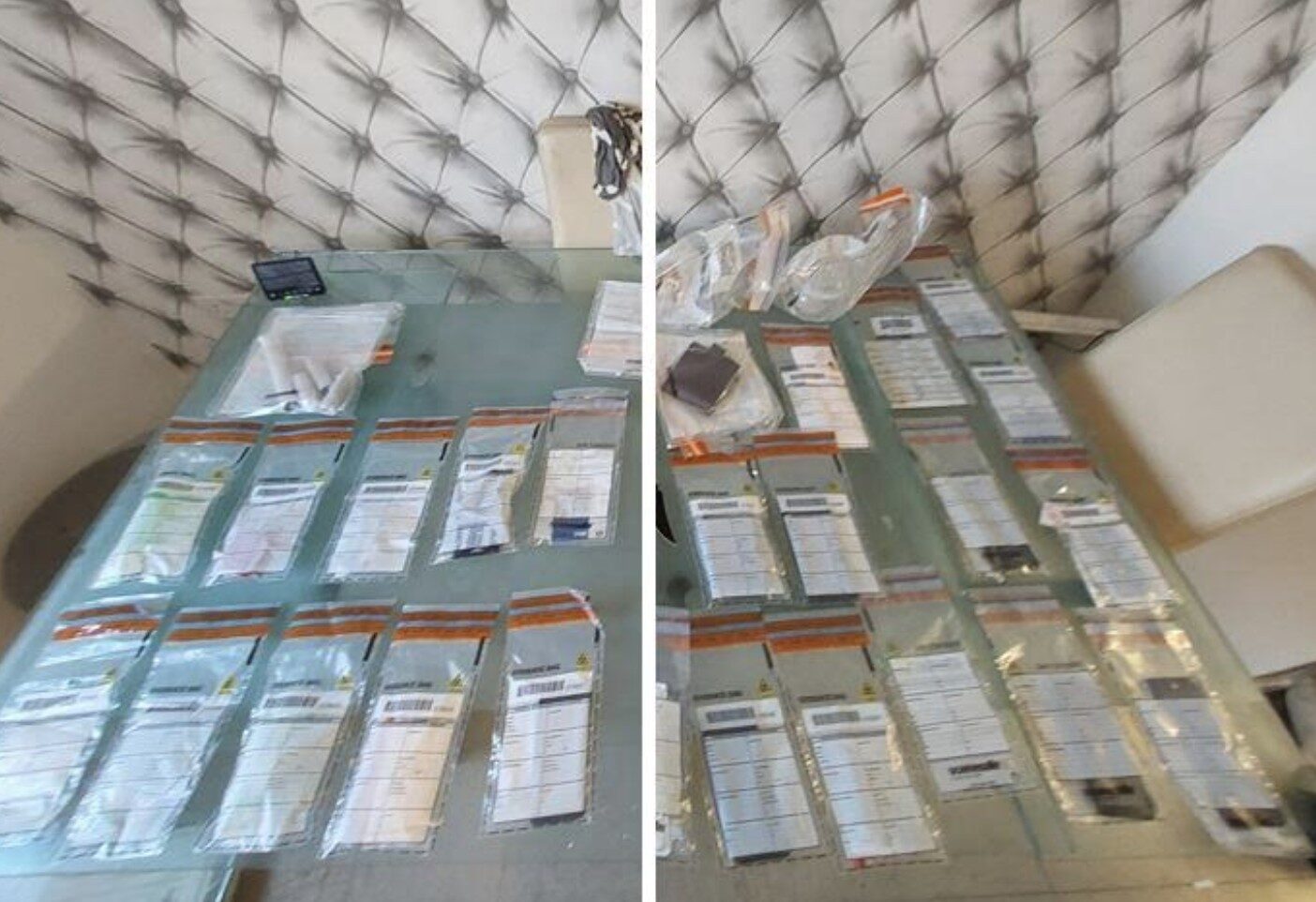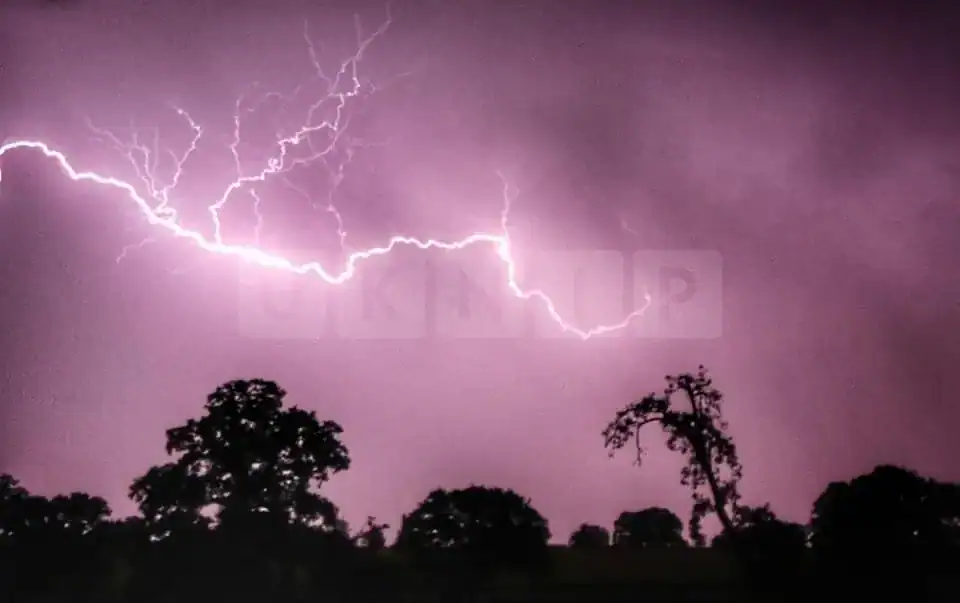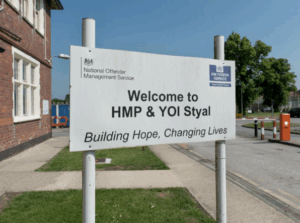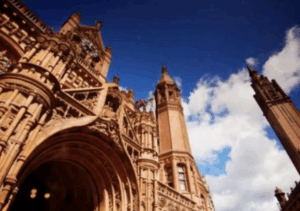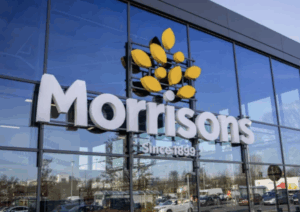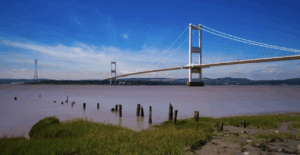The scrutiny of building planning and construction is intensifying. Higher energy costs, stricter rules, and climate awareness require businesses to rethink their old routines. Green design has become mainstream. This isn’t just marketingit’s a means to design energy-efficient, durable, and useful buildings.
Industry examples, such as MSB Group (www.msbgroupuk.com/), a nationwide design-and-build partner that delivers large-scale steel structures for leading developers and household names, demonstrate how firms and clients planning future projects are increasingly linking sustainability to long-term value. Green design extends beyond rules to encompass informed decisions throughout a building’s entire life cycle. Design teams must optimise site selection, orientation, materials, services, and operations spanning decades, not just handovers.
From Energy Use to Energy Knowledge
Green design demonstrates that energy efficiency is a design consideration, not a technical issue. Before purchasing equipment, consider high-performance envelopes, location, and shading to reduce heating and cooling demands. Daylighting, glazing, and solar gain regulation can reduce demand, rather than relying on large mechanical systems to correct a poor design.
Energy must be managed, not spent. Smart meters, submetering, and integrated building management systems educate building owners and residents about energy use. Adjust setpoints, timelines, and repair schedules as needed. Buildings become learning systems that enhance rather than deteriorate.
Materials, Carbon, and Other Building Effects
Green design prioritises embodied carbon, which practical emissions ignore. Building material mining, production, shipping, and assembly can have a big environmental impact. The industry must now consider carbon intensity, end-of-life options, structural performance, and lifetime when selecting materials for their products.
Building will require greater adaptive reuse, careful deconstruction, and “circular thinking”. Design teams will be urged to reuse buildings whenever possible to protect the carbon in the foundations, frames, and facades. Low-carbon concrete, responsibly sourced wood, and recycled content will be used more in new materials. This is possible with clear product environmental disclosures.
Spaces for Health, Comfort, and People
Green design teaches us that durable infrastructure must be healthy and comfortable. If occupants don’t use it, a low-energy structure is useless. Non-reflective natural light, air quality, soundproofing, and simple controls will be prioritised in future projects.
Personal health and efficiency are promoted by sustainability. Employees can focus and relax in biophilic workspaces that offer vistas and a strong connection to nature. Health improves with home air and thermal comfort. Green design adds value beyond energy costs by linking intangible advantages to performance measurements.
Resilience, Flexibility, and Long-Term Thinking
Green design teaches resilience and risk. Adverse weather conditions, changes in occupancy, and new regulatory requirements must not affect buildings. Flexible layouts, proper maintenance plans, and future enhancements prevent asset obsolescence.
Residents, landlords, and insurers like solid buildings. Heatwave-, hurricane-, and power-outage-resistant structures will stand out in a climate-risk market. From this perspective, resilience attributes that were formerly frills will be crucial.
A Smarter, Fairer Growth Plan
Ultimately, green design suggests a future that prioritises duty, performance, and comfort in the built environment. In addition to their opening appearance, future projects will be rated on how effectively they help communities and the environment. Green practices may help the building industry become smarter, fairer, and more future-ready.



